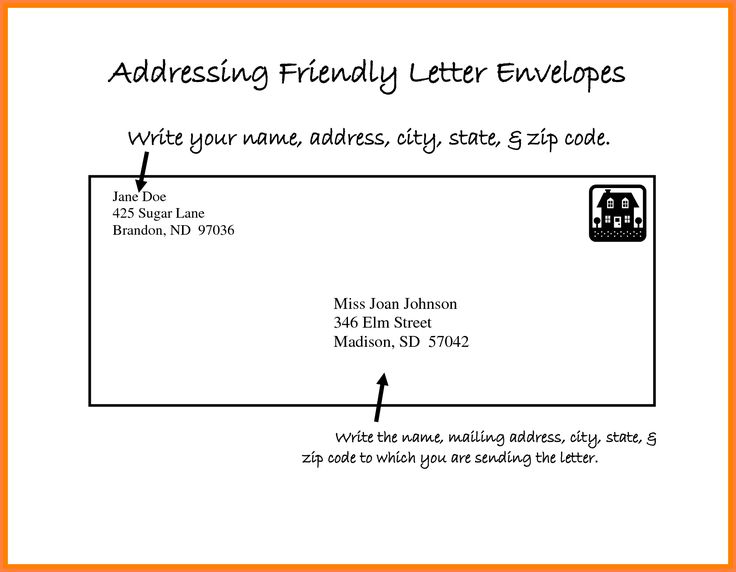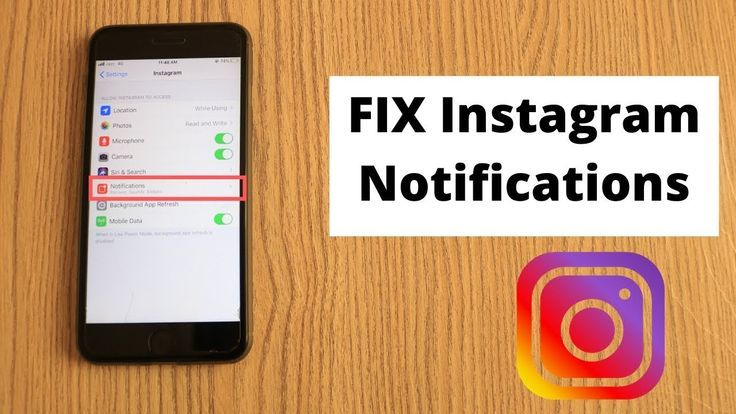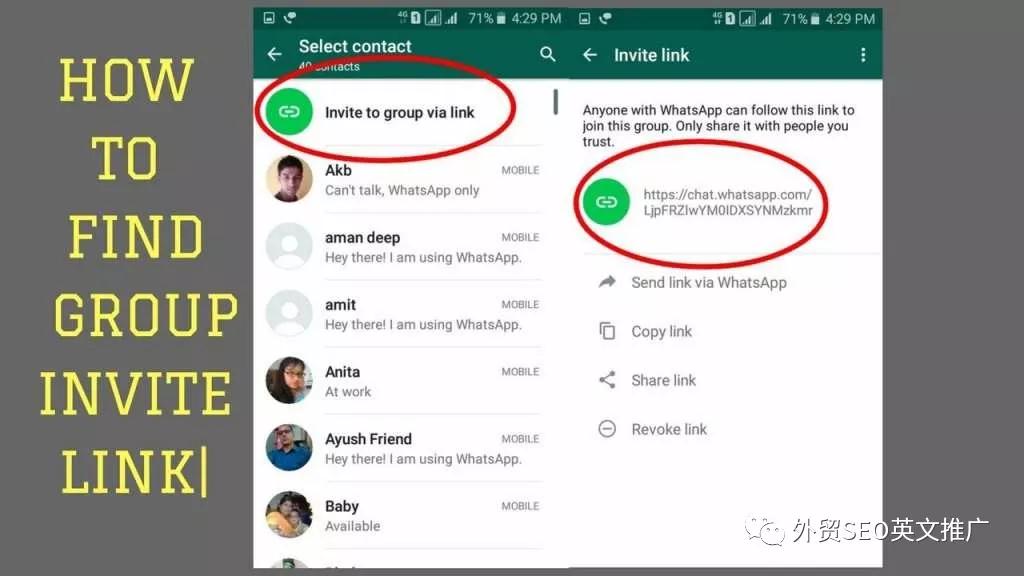How to write telegrams properly
Telegram writing, how to write good telegram, contents and examples of telegrams.
Telegram Writing
Once the fastest and the most reliable source of sending information i.e. A Telegram is a very short and to the point message sent by telegraph from one place to another and then usually delivered to the receiver in written form. In this age of cellular telephones and other electronic devices like fax, telegrams may not be fastest and most favoured means of sending messages (true only for the advance countries and urban areas in the other developing countries like India), still hundreds and thousands of telegrams are booked and delivered by the telegraph office in the rural and remote areas of the developing countries. Most of these telegrams carry very urgent messages like the birth of a baby, interview call or selection for a job, serious illness or death of a relative/native, booking instructions or details, cancellation, confirmation or supply of orders, greetings and news dispatches etc to name a few of them.
A telegraphic message is fast but expensive because every word in the message is charged. Therefore very brief and precise messages are written sacrificing the niceties of grammar. Another reason for telegraphic messages to be brief and to the point is that at any given time thousands and thousands of telegrams are required to be sent urgently. So, the messages are kept brief to save on time and to accommodate more and more telegrams.
A telegraphic message is written on a specifically designed Performa which has three distinct parts:-
- Address of the Addressee;
- Message and Sender’s name, and
- Details of the Sender’s name (Signature and Address).
There is a special column for official use to note down booking details like the type of the telegram. Booking time and date office of origin, charges and service instructions etc
In the space where Addressee’s name and address are written, there are columns for telegraph office and telephone number of the addressee.
Important Points to keep in mind while writing telegram are :-
- Always write the telegram in capital letters.
- To make a telegram short and terse words like Nouns, Verbs, Adjectives and Adverbs are included in the message and grammatical words like Articles, Prepositions etc are omitted as they do not carry meaning in themselves. However, if the clarity of the message necessitates it, any type of word can be included.
- Figures and numerals, particularly while writing date, time and sums of money are preferably written in words to avoid any typographical mistakes.
- The address must be complete. There are certain concessions in the counting of the number of words in the address: all the words written as the destination of the telegram i.e. the place which it has to reach will be treated as one word; so you do not gain anything by cutting down the number of words in the address.
- No punctuation marks are used. A full stop is indicated by any of the following (.
 ), AAA or STOP. These are counted as words for evaluating the charges. Use the word STOP in preference to the other two options.
), AAA or STOP. These are counted as words for evaluating the charges. Use the word STOP in preference to the other two options. - Do not use too many STOPS. There is no need to write STOP after the message and before the sender’s name.
- If the date is mentioned, the day of the week need not be mentioned.
- In reducing the length of a message, you should not take it vague or ambiguous.
- Stick to the prescribed standard word limit (i.e. 25 words inclusive of the message, receiver’s name and address, sender’s name and the word STOP)
How to Write Telegrams Properly
by
While going through some stuff left behind by an elderly relative, I came across a booklet entitled How to Write Telegrams Properly by Nelson E. Ross. The author wrote: “The telegram will always command a peculiarly important place among methods of communication. ”
”
He wasn’t alone in his thinking. The telegraph has been described as the Victorian Internet and, in many ways, that was true. Not only did the telegraph allow for long-distance courtships, it also introduced Victorians to scams and junk mail. Sound familiar?
Ross wrote that telegrams were expensive unless you were sending multiple copies, which you could do at no additional cost. This turned out to be a boon to marketers who didn’t want to pay the expense of sending advertisements by mail.
The business owner had only to provide one copy and a list of addresses and the telegraph operator would send the telegraphs. Multiple copies were called books. The largest “book” sent by a single concern is said to have been more than 200,000 telegrams. Needless to say, this required operators to be called in for emergency duty.
The telegraph even allowed people to send candy, flowers, cigars, books and other things across the country. All a person had to do was notify the telegraph operator what they wanted purchased, pay the cost and nominal fee, and the job was done.
In the early 1900s, a man in San Francisco ordered a ride for his mother who lived in New York. The gift was for Mother’s Day. The telegraph company called up a taxi service and directed it to send a car to a certain address at a definite time and the lucky mother was treated to a three-hour taxi ride.
Some people took the idea of sending gifts across the wire, literally. One man wishing to send his out-of-state son a pair of boots, took them to his local telegraph office. The operator jokingly told the man to tie the boots together and fling them over the telegraph wire. The man did as he was told. During the night, someone stole the boots and the man assumed his son had received them.
The telegraph also helped in the Western expansion as travelers were able to communicate long distances and make arrangements. Ranch owners could finally keep track of their stock during cattle drives through telegraphs sent by trail bosses.
Business owners and travelers weren’t the only ones to benefit. Telegraph operators were the first to date and fall in love online. Male operators could pick out female operators by their touch. Supposedly women didn’t press the keys as firmly as their male counterparts. A bored male operator seeking companionship could easily reach out to a female operator, miles away.
Telegraph operators were the first to date and fall in love online. Male operators could pick out female operators by their touch. Supposedly women didn’t press the keys as firmly as their male counterparts. A bored male operator seeking companionship could easily reach out to a female operator, miles away.
Ross outlined ways to cut costs by eliminating unnecessary words such as “please” and “stop.” He also explained that 1st was counted as two words, whereas first was counted as one. Some people took this to extremes. When questioning the sales of his new book, Mark Twain reportedly sent his publisher a telegram with a single “?”. His publisher responded in kind with an “!”.
Then as now, security was a concern. Ross tells the story of the woman who sealed her message in an envelope and refused to let the telegraph operator see it. Somehow, she had the notion that an operator could send a message sight unseen.
Ross ended by telling readers if they had any questions, to check with their local telegraph office.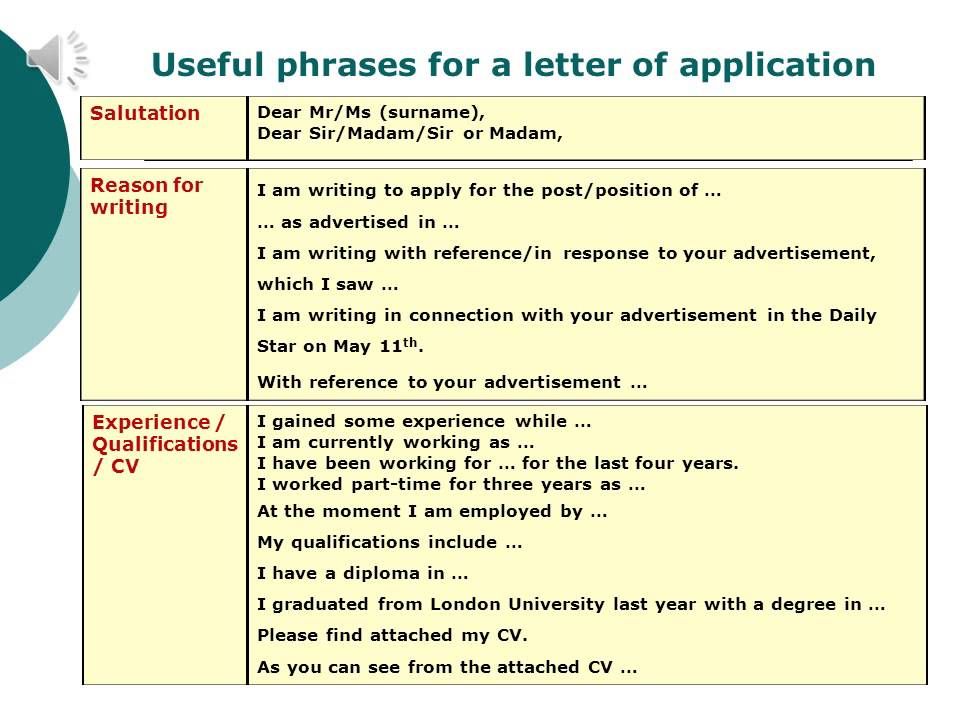 Good luck with that. Stop.
Good luck with that. Stop.
We have more ways to communicate today than at any other time in history, yet loneliness is at an all-time high. What do you think are some of the reasons?
Look what Ruth, Mary and I cooked up!
In classic “Hallmark” style, three couples spend a magical Christmas
at the beautiful Star Inn.
Amazon
+ posts
How to spell correctly - Telegram or Telegram?
Skip to content
Sunday, January 22, 2023
Telegram is becoming more and more popular among the Russian-speaking population. Based on a recent study, it turned out that in Russia he had already bypassed the previously irreplaceable leader in the field of communication in terms of the number of users - WhatsApp! And new users often ask themselves the question: “how should I write telegrams or telegrams correctly?”.
1.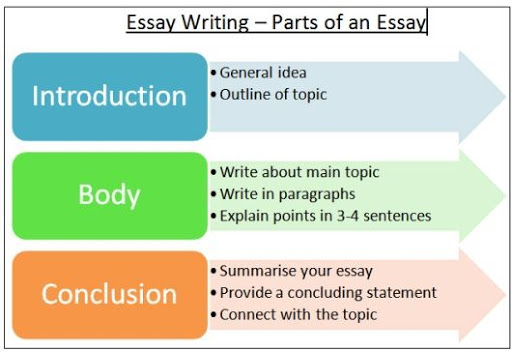 How to spell Telegram in Russian?
How to spell Telegram in Russian?
2. Why do many people think that it is more correct to write "Telegrams"?
3. How is telegram abbreviated?
How do you spell Telegram in Russian?
In fact, everything is extremely simple. The original name of the messenger is written like this: "Telegram". According to the rules of the Russian language, all borrowed words should be written in the same way as in the original, with the possibility of a little interpretation. In this case, that's exactly what happens. We explain! nine0003
In transcription from English, we should write "telegram". But, firstly, it does not look quite right and natural for our language. And secondly, a lot depends on how the word is used by the vast majority of users. Therefore, the letter "a", in this case, replaces "e".
In addition, many linguists argue that the doubling of consonants in foreign words is not typical for the Russian language (by the way, how is “Telegram” translated?). For example, no one writes "blogger" or "shopping" (although in English: blogger and shopping). As a result, “telegram” is spelled correctly (with one “m”!). nine0003
For example, no one writes "blogger" or "shopping" (although in English: blogger and shopping). As a result, “telegram” is spelled correctly (with one “m”!). nine0003
Writing a messenger with two letters is also acceptable, but only when communicating in a colloquial style of speech (telegrams). Since in this case, accuracy and terminology is not so important. A good example is texting with friends.
It is worth noting that in official documents, any phrase is written only in its original form. That is, Telegram! In addition, it must be marked with quotation marks. This is detailed in our language help desk!
Why do many people think that it is more correct to write "Telegrams"? nine0015
Most likely, such a prejudice arose due to the fact that the name of the service is very similar to the word "telegram" (a small letter, or a telegraph message). We believe that the developers took this expression as a basis, however, for greater individuality, they decided to slightly transform it (into "Telegram").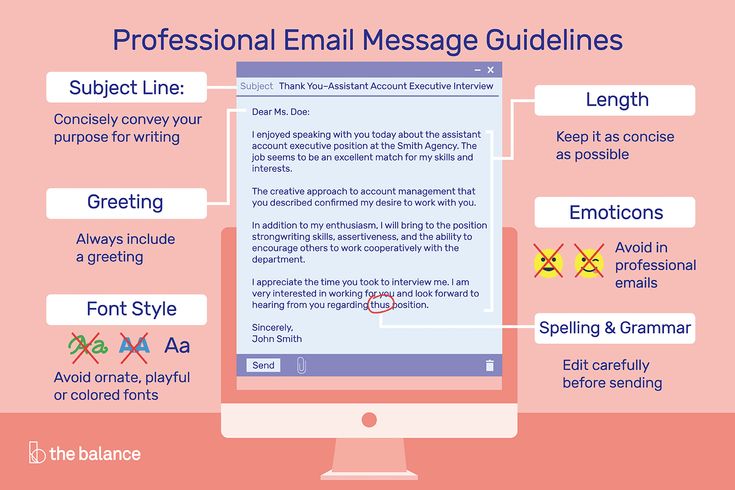
As we mentioned above, users have the right to write "telegrams" if it is not some kind of serious document, etc. In other cases, it is impossible to write Telegram with 2 letters, it will be considered a spelling error. nine0003
How is telegram abbreviated?
Some phrases are much more convenient to abbreviate for faster message sending. For the most part, abbreviations are subject to phrases that turn into abbreviations. But simple expressions can also be reduced (example, MSK instead of Moscow). The main thing is to do it right!
For telegram, it is best to use the replacement "TG". It can also be written in English: "TG". In colloquial speech, the use of "cart" is also acceptable. But that wouldn't be entirely true! nine0003
But that wouldn't be entirely true! nine0003
five 1 Voice
Article rating
Don't forget to share the article on social networks!
from Administrator
Greetings, site visitor! If it's not difficult for you, then leave your rating after reading the article) And if you have a question, then write a comment about it, we will try to answer it...
You will like it!
8.1. Telegrams (teletype messages), telexes \ ConsultantPlus
8.1. Telegrams (teletype messages), telexes
The telegraph provides delivery of information via public telegraph network channels through post offices.
Subscriber telegraphy and telex are provided for use on the terms of an agreement between a communications company and a consumer.
In subscriber telegraphy, the consumer-subscriber uses equipment called "teletype" to receive and transmit information: the user organization has a telegraph communication point on its territory with its own individual routing number-code, individual subscriber number leased from a local communications company.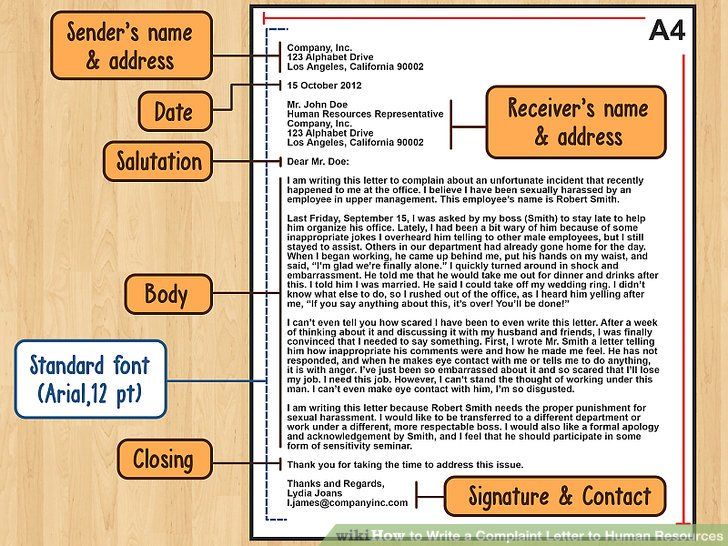 This procedure for using telegraph communication services determined the appearance of the terms "teletype communication" and "teletype message". nine0003
This procedure for using telegraph communication services determined the appearance of the terms "teletype communication" and "teletype message". nine0003
The legal force of an incoming telegram or telex is determined by the software and hardware means of the State Communications Committee of the Russian Federation, which ensure the identification of messages sent.
The transmission of telegrams is carried out in accordance with the "Rules for the Provision of Telegraph Communication Services", approved by Decree of the Government of the Russian Federation of August 28, 1997 N 1108.
Telegrams drawn up in organizations are endorsed, signed and dated in accordance with the general requirements that submitted to letters. The first copy of the telegram is sent to the post office, telegraph. If telegrams are sent on account of the advance payment made, then they are handed over according to separate inventories, drawn up in two copies. nine0003
The telegram must be written in pen or printed clearly and without blots on one side of the telegraph form or on light-colored paper.
Telegrams contain the following details:
service header;
indication of the telegram category;
mark on the type of telegram;
telegraphic address of the recipient, full or conditional;
text - the content of the telegram;
registration office number, date of registration; nine0003
signature;
sender's address and name (placed below the line).
The service header is made up of a communications worker who receives a telegram for transmission.
The category and type of the telegram are put down by the compiler and are indicated before the address.
The telegram address is printed on a separate line. The telegram address can be the full postal address of the recipient, his conditional or full telegraph address. Further, the position, initials and surname of the recipient may be indicated, or only the initials and surname if the telegram is addressed to a private person. nine0003
When addressing a telegram to four or more addresses, a mailing list compiled and signed by the performer is attached.
The text of the telegram may begin with an appeal. The text of the response telegram should begin with an indication of the index or name of the initiative document, without adding the words "HP number", "your" or "on yours".
The text of the telegram is stated briefly, without conjunctions and prepositions, if the content is not distorted (in particular, the negation "not" cannot be omitted), with abbreviated punctuation marks, for example:
point - point;
comma - PTA;
colon - DHTCH;
quotation marks - EHF;
brackets - SKB;
number - HP.
All numerical data in the text are written in words. The combination of numbers and letters is allowed only in factory and trademarks and brands, in house numbering, indexes of documents.
The end of the telegram text ends with a period ("dot"). The text of the telegram must not end with a number. After the text, but before the signature, the registration index of the telegram is put. nine0003
nine0003
Lexical features of telegrams:
- complex, wordy sentences typical for business letters are not used;
- the choice is made in favor of shorter words;
- preference is given to neutral and specific business vocabulary, the use of which does not cause its various interpretations;
- it is not recommended to use redundant vocabulary that does not carry new information.
The text of the telegrams must contain specific information reflecting the essence of the current situation. Only in some cases is a summary of evidence, argumentation allowed. nine0003
The text is printed without word breaks, without paragraphs, corrections and should not exceed two typewritten pages. Inserts in the text are not allowed.
The signature in the telegram is drawn up in a separate line and begins with a paragraph. The signature must contain the name of the author of the telegram. The name of the organization and the position of the author are optional.